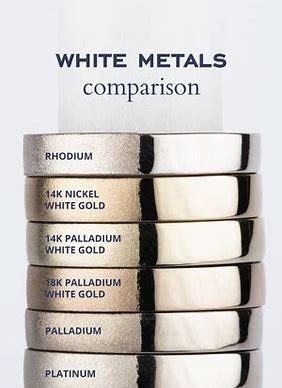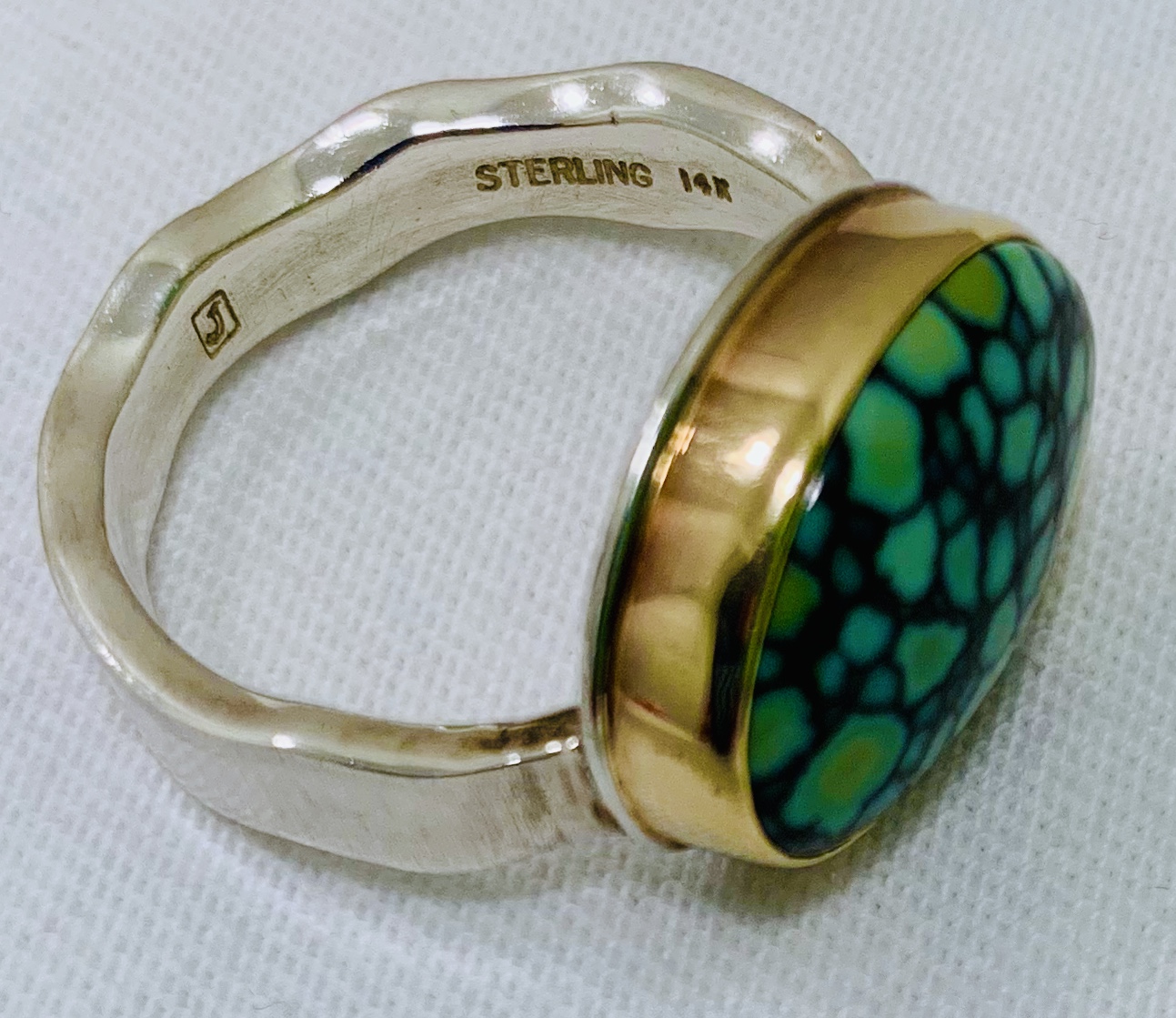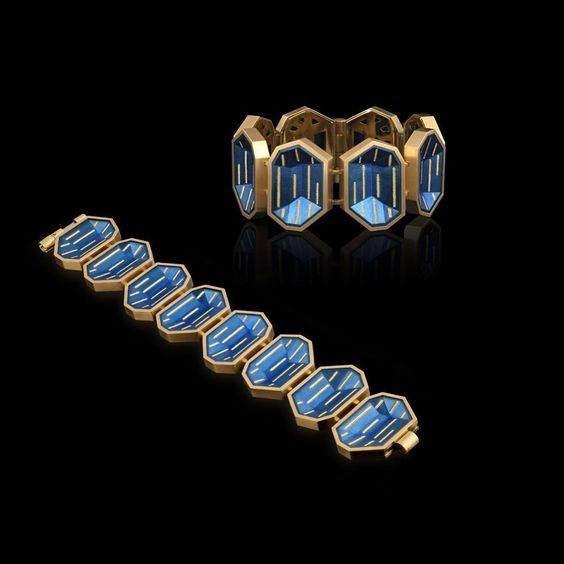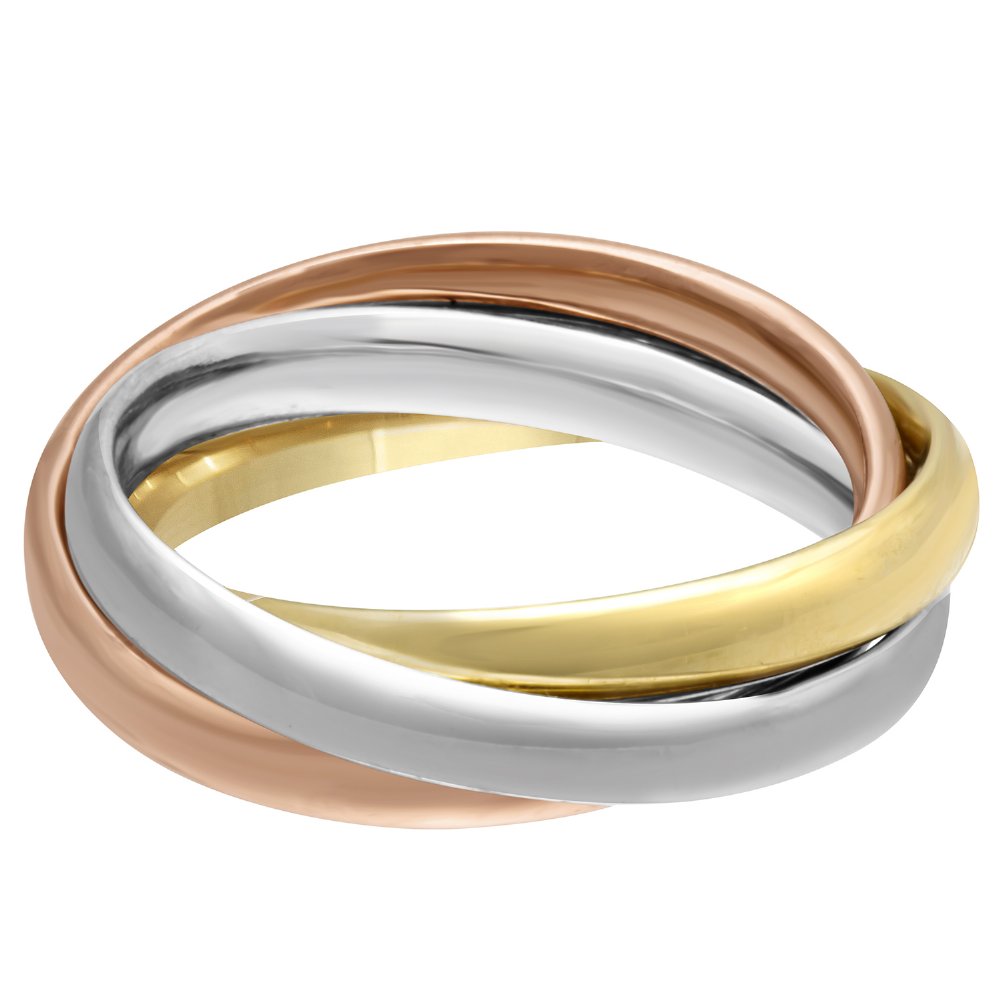Category: Jewelry 101
-
What is White Gold?

Gold is naturally yellow in color; however other colors can be created by alloying gold with different metals. You can also “mask” the natural color by adding metals that have a “whitening” effect on the gold color, thereby giving you white gold. White gold alloys were developed in the 1920’s as an alternative to platinum,…
-
What is my necklace made of?

Jewelry metals can take many forms as makers and designers are constantly experimenting with new mediums to express their ideas. It’s always a good idea to read the description when viewing jewelry online as that is usually where you will find information on the material of construction. This is important as an informed consumer because…
-
What is Fine Jewelry?

Fine jewelry is traditionally considered to be items made of precious metals and precious or semi-precious stones. To be considered precious, the metal must be rare, naturally occurring and high value. Precious metals are typically less reactive than other metals, meaning they don’t undergo significant chemical changes with coming in contact with air, skin and…
-
Welcome to Casual Jeweler

Who should read this blog Casual Jeweler is the place for everyone to learn more about purchasing, caring for and enjoying their fine jewelry in a completely relaxed and “casual” way. There are many times we have questions or are curious about fine jewelry, but finding an environment to learn more can sometimes be intimidating.…
